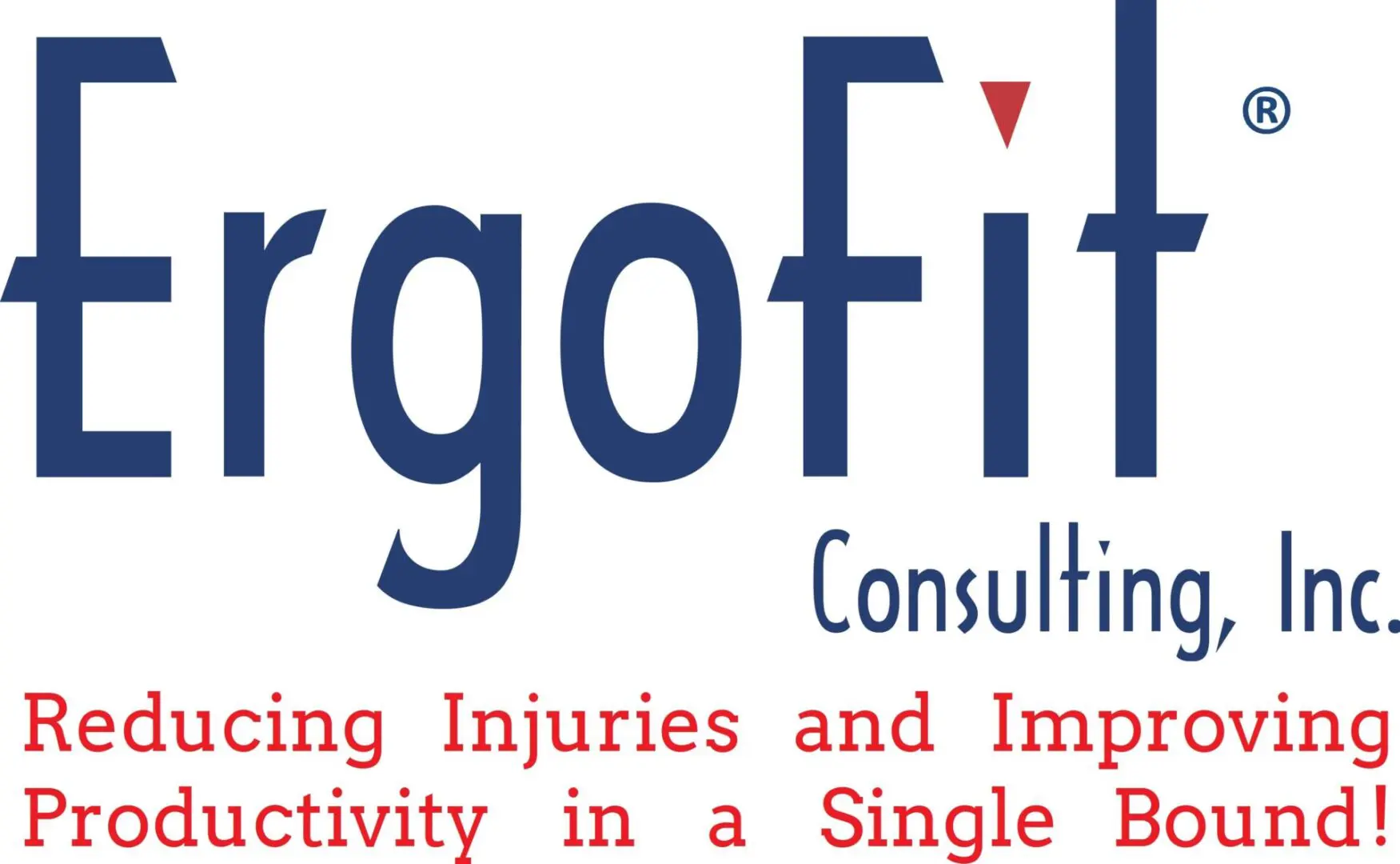
What Are You Doing Wrong in Your Workplace Stretching Program
Workplace disorders are on the rise as a result of employees’ health and wellness frequently being neglected in today’s hectic work environment. Workplace stretching initiatives are one component of a good employer well-being program. But it’s important to understand that not every stretching program has the same advantages. As a matter of fact, a lot of organizations unintentionally carry out detrimental, low value, or inefficient routines. This article explores the pitfalls of workplace stretching programs and offers insights into common mistakes being made and how to rectify them. By understanding and addressing these errors, businesses can improve employee health, enhance productivity, and foster a positive work environment.
Related Link: The Future of Office Work
Stretching Alone
When it comes to enhancing workplace health, stretching is often the first thing that comes to mind. However, the reality is that stretching alone might not be as effective as you think. It should be a piece of a larger puzzle: ergonomic strategy. A standalone stretching program can fall short in addressing the diverse needs of a dynamic work environment.
The role of ergonomic assessments and work environment adjustments cannot be overstated. They delve into the root causes of workplace discomfort and address them holistically. For instance, adjusting the height of a workstation or altering the layout of a workspace can reduce the strain that necessitates stretching in the first place.
Training employees on the nuances of ergonomics and the importance of early reporting of WMSDs (Work-Related Musculoskeletal Disorders) is equally vital. The sooner a potential issue is identified, the quicker it can be addressed, potentially averting more serious injuries. The goal is to prepare employees not just for the physical demands of their work but also to instill a mindset of proactive health management. Despite the intuitive benefits of stretching, there’s a lack of conclusive evidence regarding its effectiveness in isolation.
Assuming That One Size Fits All
The flexibility and psychological benefits of workplace stretching are widely acknowledged. It’s a refreshing break for the body and mind, especially in high-stress work environments. However, the effectiveness of stretching in injury reduction varies significantly.
Integrating stretching with ergonomic controls is where the magic really happens. It’s about finding the right balance – ensuring that stretches make sense for the specific tasks of employees.
Consider a team of graphic designers who spend most of their day seated, working on computers. Their job demands long periods of concentration and minimal physical movement, which can lead to stiffness in the neck, shoulders, hamstrings, and back. In this scenario, an integrated approach would involve:
- Ergonomic Adjustments: The first step would involve assessing and optimizing their workstations. This might include adjusting chair heights, ensuring proper screen positioning, and providing ergonomic keyboards and mice to reduce strain on the wrists and arms.
- Stretching Routine: Alongside these ergonomic changes, a stretching program would be introduced, specifically targeting areas prone to stiffness and strain in a sedentary job. For example, neck and shoulder stretches to relieve tension built up from long hours at a computer, and wrist exercises to prevent hand/arm issues.
- Mindful Breaks: Integrating short, mindful breaks throughout the day where employees step away from their workstations to engage in these stretching routines. These breaks are not just for physical relief but also serve as mental refreshments, boosting creativity and productivity.
- Educational Component: Employees would receive training on the importance of good posture, how to properly use their ergonomic equipment, and the benefits of regular stretching. This education helps in stretching the mind towards a holistic understanding of workplace health.
- Feedback and Adaptation: Regular feedback sessions would be held to understand the employees’ experiences with the ergonomic adjustments and stretching routines. This information would be used to further tailor the program to their specific needs, ensuring ongoing effectiveness and engagement.
Transform your workplace stretching routine into a powerful tool for employee health. Reach out to ErgoFit Consulting for expert guidance.h.
Neglecting Ergonomic Assessments
Neglecting ergonomic assessments in workplace stretching programs can be a significant oversight. This can lead to overlooking the fundamental causes of discomfort and strain among employees. Ergonomic assessments are essential as they provide a comprehensive evaluation of the work environment and how employees interact with it. These assessments identify factors that cause or contribute to musculoskeletal problems, such as poor workstation design, inadequate equipment, or inefficient work practices.
Consider a scenario in a typical office setting where employees are experiencing frequent back pain and wrist strain. Despite introducing a workplace stretching program focusing on back and wrist exercises, the issues persist. An ergonomic assessment reveals that most employees are using chairs without proper lumbar support and that their desks are at an incorrect height, causing them to hunch over their keyboards. Additionally, the keyboards and mice being used are not ergonomically designed, contributing to wrist strain.
Based on the ergonomic assessment findings, the company invests in ergonomic chairs with proper lumbar support and adjustable desks that allow employees to maintain a better posture. Ergonomic keyboards and mice are also provided. The stretching program is then revised to include exercises specifically targeting areas still at risk, despite the ergonomic improvements.
In this example, focusing only on stretching did not address the root causes of discomfort. The ergonomic assessment led to crucial changes in the workspace, which, combined with a tailored stretching program, resulted in a more effective solution for reducing discomfort and preventing musculoskeletal problems.
Thus, integrating ergonomic assessments into stretching programs ensures that both immediate and underlying issues are addressed, leading to a more comprehensive approach to workplace health and well-being.
How Do You Implement a Stretching Program at Work?
To successfully implement a workplace stretching program, it is important to take a strategic approach. First, understand employee tasks and schedules because employee involvement is vital during this process.
The next step involves integrating a proven, effective stretching program into the work routine. We recommend brief stretching breaks throughout the day. Educating employees about the importance of these exercises and providing technique training is vital, so host training sessions conducted by professionals such as occupational therapists. Making sure that the stretches are straightforward, achievable, and don’t require any special equipment can encourage employees to participate on a regular basis.
Related Link: Important Safety Considerations When Working From Home
How Do You Create a Stretching Program?
Use a reputable vendor with a track record of using stretching programs. Different types of jobs will benefit most from different types of stretching programs. For example, office workers or those doing highly repetitive work might benefit from brief static stretches, whereas those performing heavier dynamic physical work might need dynamic stretches.
Experts in ergonomics or occupational therapy could be consulted to make sure the program is safe and supported by science. These experts can help recommend a program that takes into account the physical demands of a job.
How ErgoFit Consulting Can Help
ErgoFit Consulting has developed proven, effective, and efficient science-based stretching programs for different types of work. ErgoFit is also highly skilled at ergonomic risk assessment with solution recommendations to eliminate the root causes of musculoskeletal discomfort.
Concerned about the effectiveness of your workplace stretching program? Connect with ErgoFit Consulting to ensure your program is on the right track for employee well-being and productivity.
Properly Using a Workplace Stretching Program
Initiating a stretching program in the workplace goes beyond doing exercises; it requires a strategic approach to enhance employee well being and productivity. As we’ve discussed in this article, by gaining the knowledge and utilizing resources like ErgoFit Consulting, any organization can turn their stretching routine into a tool for promoting employee health and improving overall workplace efficiency. It’s crucial to remember that an implemented stretching program may not only help reduce musculoskeletal discomfort, but also will showcase a company’s dedication to its most valuable asset – its employees.
Related Link: Ways for EH&S to Address Sitting Disease
